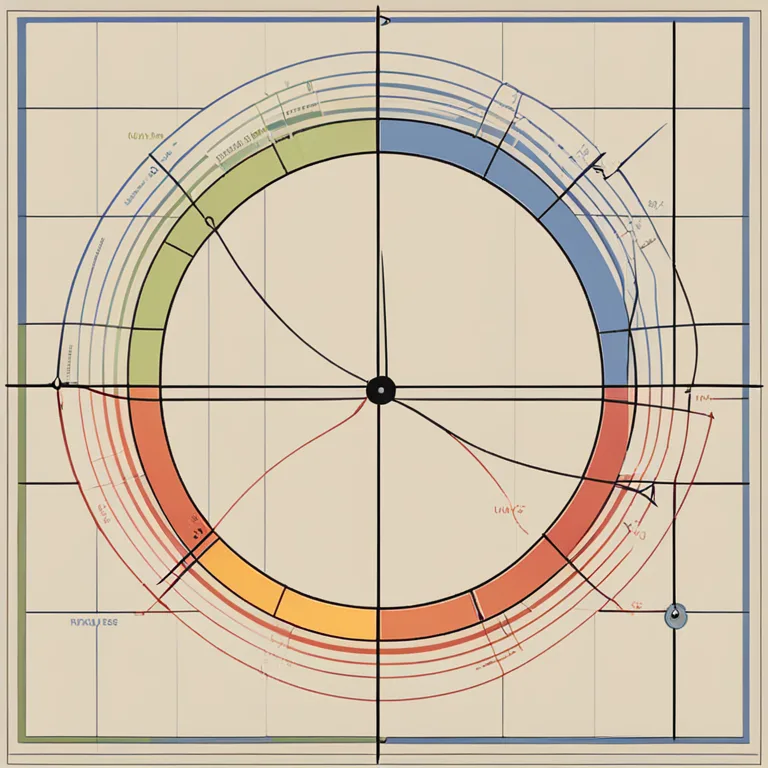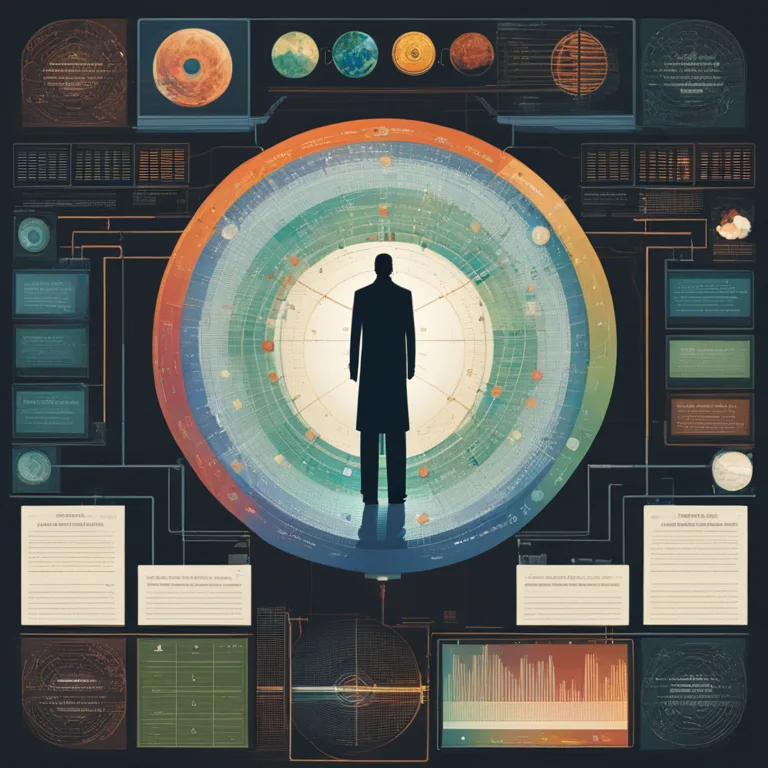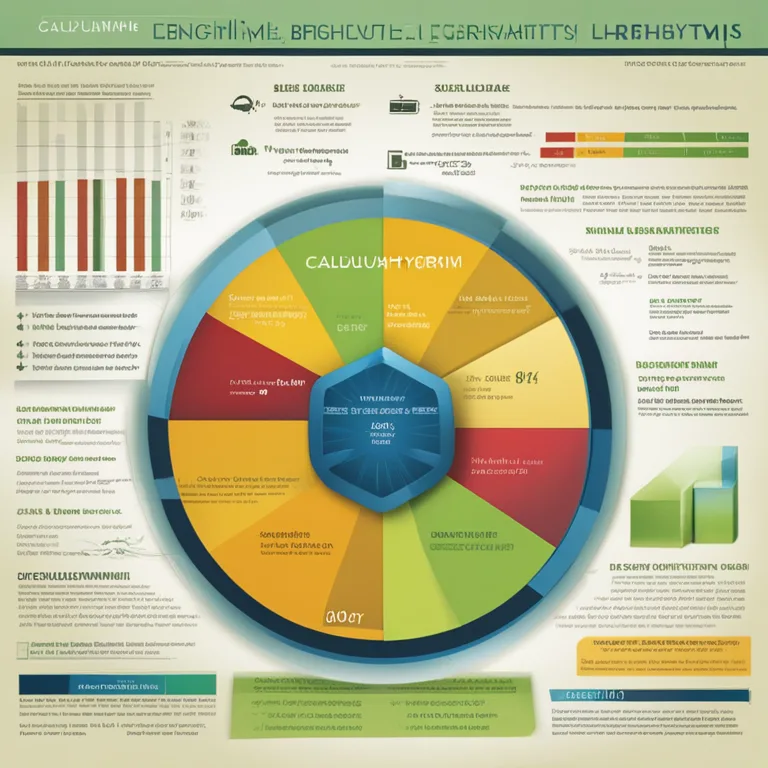
How Biorhythms Influence Your Life
Discover the mechanics of biorhythms and their impact on your daily life and well-being in this insightful article.
article by Adrian Wallace
Introduction to Biorhythms
Biorhythms represent the hypothesis that our daily lives are affected by rhythmic biological cycles. The theory suggests that from the moment of our birth, we are influenced by these natural cycles that govern our physical, emotional, and intellectual capabilities. Introduced in the early 20th century, the concept of biorhythms has continued to intrigue both enthusiasts and skeptics alike. With advances in science and a renewed interest in holistic wellness, understanding how these cycles work may offer insights into achieving personal balance as we navigate the demands of modern life.

The Three Primary Cycles
There are three primary biorhythm cycles: the 23-day physical, the 28-day emotional, and the 33-day intellectual. The physical cycle is thought to influence our strength, stamina, and coordination. The emotional cycle purportedly affects our mood, creativity, and perception of the world, while the intellectual cycle allegedly governs our analytical thinking, memory, and decision-making. By charting these cycles, individuals aim to synchronize their activities with the high points of the appropriate biorhythmic curves.

Calculating Your Biorhythms
To calculate one's biorhythms, you'd typically start by determining the number of days elapsed since your birth. Then, using this number, you will evaluate your position in each of the cycles. In 2024, numerous online calculators and mobile applications have simplified this process, allowing individuals to quickly assess their biorhythmic states. Adherents use this information to plan important events, undertake new challenges, or even decide on rest periods.

The Science and Skepticism
While the concept of biorhythms has its share of proponents, it is not without its critics. Empirical research and scientific scrutiny have yet to provide substantial evidence to support the strict physiological or behavioral influences of these cycles. Nevertheless, the aspect of self-observation and the placebo effect cannot be discounted entirely. Some people find that paying attention to their own rhythms leads to better self-management and mindfulness, regardless of the scientific standing.

Biorhythms in Practical Use
Proponents of biorhythms advocate for their application in various aspects of life, such as personal development, relationship compatibility, and even business. To make the most of positive phases or to be wary during challenging periods, individuals and professionals alike may utilize biorhythmic analysis. In various fields, especially those connected to wellness and self-improvement, biorhythms have carved a niche for those seeking a holistic approach to living.
Final Thoughts
Ultimately, whether rooted in concrete science or not, the concept of biorhythms invites us to consider the cyclical nature of our lives and to attune more closely with our physical and mental patterns. As we progress further into the 21st century, the intersection of ancient wisdom and modern technology in the field of personal well-being continues to evolve, and biorhythms remain a fascinating facet of this journey.
Published: 12/28/2023
Modified: 12/28/2023
More predictions
Come back here soon to learn more about yourself and your future


Navigating Biorhythm Cycles
Explore the concept of biorhythms, their cycles, and examples of how they influence our daily lives.


Biorhythms In Humans Explored
Exploring the concept of biorhythms and their influence on human behavior and physical states.


Biorhythm Wheel: Unlocking The Secrets
Explore the intriguing world of the biorhythm wheel to understand your physical, emotional, and intellectual cycles for enhanced well-being.